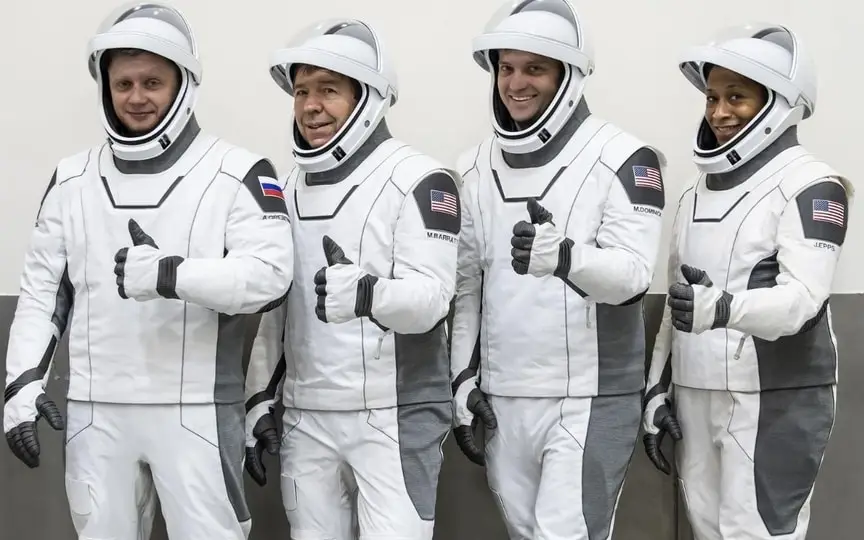NASA is currently accepting astronaut applications; Learn the eligibility criteria before applying to fulfill your space dreams
NASA is seeking new astronauts who have the chance to travel to the moon and potentially Mars. The deadline for applications is April 2, and U.S. citizens who are enthusiastic about space exploration are urged to apply for this esteemed position that will advance human knowledge.
NASA Astronaut Applications: Requirements
The requirements for aspiring astronauts are demanding, reflecting the rigorous training and expertise required for space missions. Applicants must have a master’s degree in science, technology, engineering or mathematics (STEM), have three years of work experience, a medical residency or 1,000 flight hours for pilots, and pass a comprehensive long-term physical examination.
Successful candidates will join NASA’s elite team of astronauts who embark on pioneering missions to explore uncharted regions such as the moon’s south pole. As NASA moves forward with its plans for lunar exploration and beyond, the new astronauts will play a key role in pushing the boundaries of human exploration farther into space than ever before, potentially becoming the first humans to set foot on Mars.
The astronaut candidate selection process is highly competitive, with thousands of applicants competing for a limited number of spots. Once selected, candidates go through intensive basic training where they hone essential astronaut skills such as spacewalking, operating spacecraft and controlling robotic arms.
NASA’s rich history of astronaut recruitment dates back to 1959, and 360 people have been selected as astronaut candidates over the years. These pioneers have participated in numerous space missions, including to the International Space Station and beyond.
Today, there are plenty of opportunities for space exploration. Missions range from lunar explorations to long flights on the International Space Station. Astronauts can fly spacecraft such as SpaceX’s Crew Dragon, Boeing’s Starliner or Russia’s Soyuz in low Earth orbit, while spaceships such as SpaceX’s Starship or Blue Origin’s Blue Moon are used for hearings.
What if you are not eligible?
For those who don’t meet NASA’s requirements, there are alternative opportunities for space travel, including commercial spaceflight ventures offered by companies like Virgin Galactic and Blue Origin. In addition, other space agencies participating in the Artemis and ISS missions are recruiting their own astronauts, who offer various opportunities for space-aspiring scientists to realize their dreams of reaching beyond the Earth’s atmosphere.




